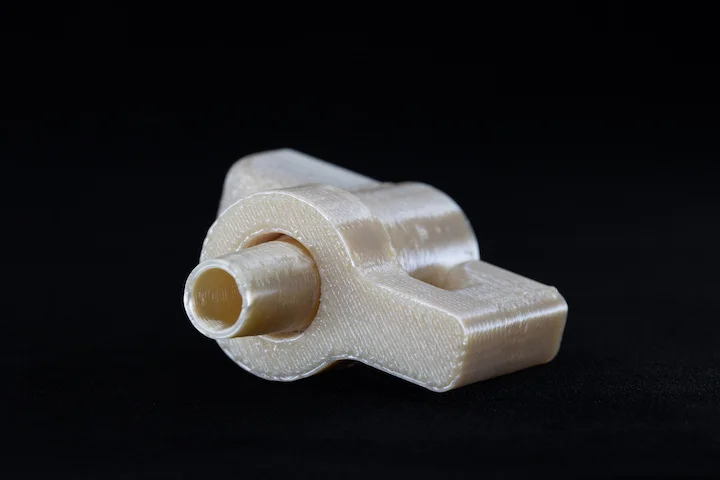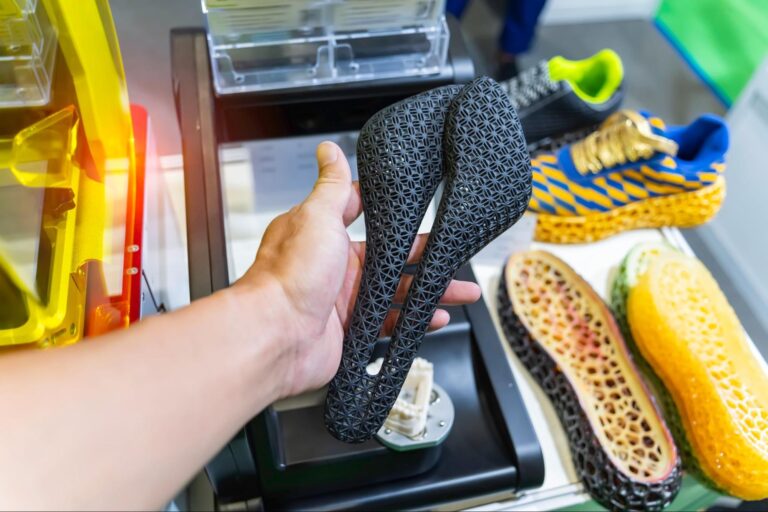Ultem 9085 is a high-performance thermoplastic material that is commonly used in 3D printing, especially in the aerospace, automotive, and other industries where strong and durable parts are required. Ultem 9085 possesses excellent mechanical, thermal, and chemical properties, which makes it suitable for a variety of applications. Some common applications of Ultem 9085 in 3D printing include:
Aerospace Components: Ultem 9085 is frequently used in aerospace applications due to its high strength-to-weight ratio and resistance to flame, smoke, and toxicity. It is used for creating interior components, ducting systems, brackets, and other structural parts in aircraft and spacecraft.
Customized Aerospace Interiors: The material’s compliance with aerospace regulations and its ability to produce complex geometries make it suitable for creating customized interior components in aerospace applications. Automotive Parts: The material’s strength, heat resistance, and ability to withstand harsh environments make it suitable for producing automotive components like engine covers, intake manifolds, and various interior and under-the-hood parts.
Prototyping: Ultem 9085 is often used for creating functional prototypes that closely mimic the properties of production parts. This is particularly valuable for testing and validation before mass production. Functional End-Use Parts: The durability and mechanical properties of Ultem 9085 make it appropriate for producing end-use parts that need to endure stress, wear, and temperature variations. This includes components used in machinery, equipment, and tools.
Medical Devices: Ultem 9085’s biocompatibility and resistance to sterilization methods make it suitable for producing certain medical devices and equipment, such as surgical instruments and housings for medical equipment.
Electrical and Electronic Components: The material’s electrical insulation properties, high dielectric strength, and resistance to chemicals make it ideal for producing housings, enclosures, and components for electrical and electronic devices.
Jigs and Fixtures: Ultem 9085’s strength and thermal stability make it a good choice for producing custom jigs, fixtures, and tooling used in manufacturing and assembly processes. Oil and Gas Industry: In the oil and gas industry, Ultem 9085 can be used to create components that need to withstand challenging conditions, including chemical exposure, high temperatures, and mechanical stress.
Electromagnetic Shields: Due to its electrical insulating properties, Ultem 9085 can be used to create electromagnetic shields, particularly in applications where parts need to provide protection against electromagnetic interference (EMI).
Tooling for Composite Manufacturing: Ultem 9085’s ability to withstand high temperatures and mechanical loading makes it suitable for producing tooling and molds used in composite manufacturing processes. These applications highlight the versatility of Ultem 9085 in various industries where high-performance, durable, and reliable parts are required. When using Ultem 9085 for 3D printing, it’s important to consider the material’s specific properties and follow appropriate printing and post-processing guidelines to ensure the best results.









